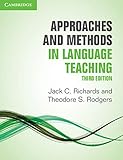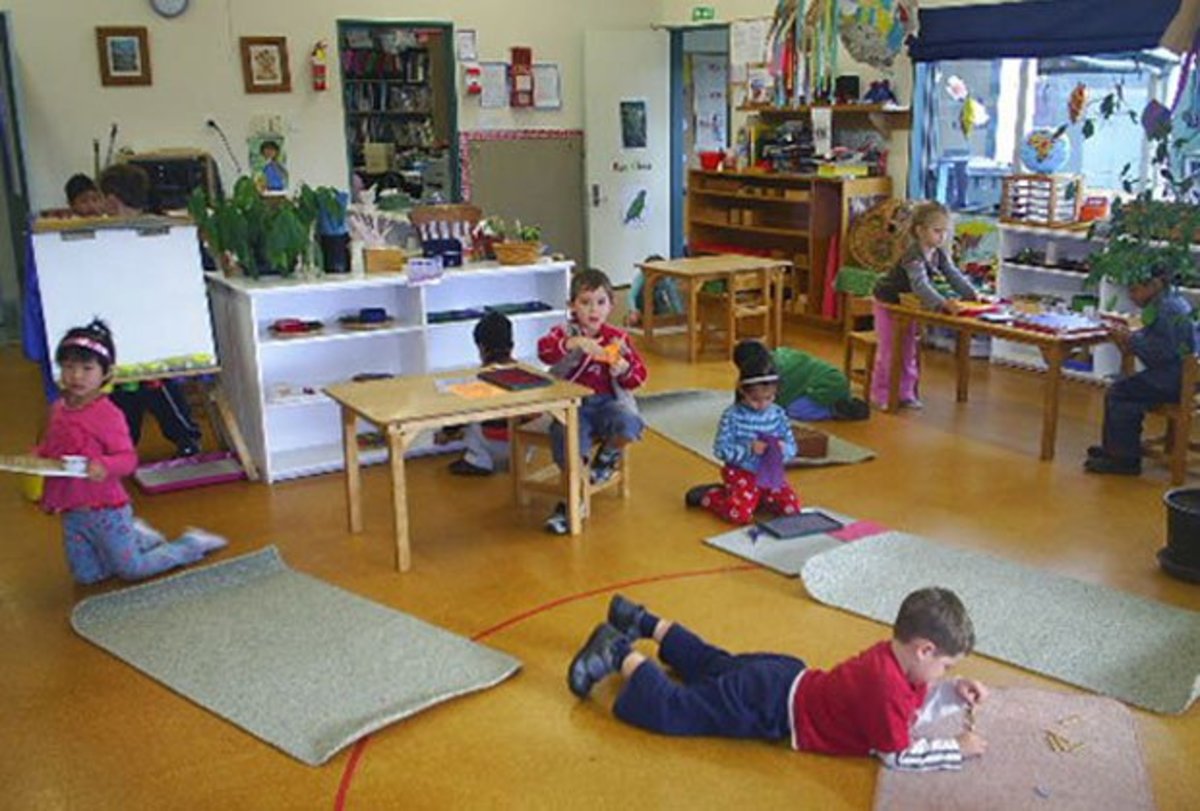Contribution Of The Materials To The Learning Process

To be able to manage the learning and teaching process completely and properly, it is essential that materials should be used in a convenient way to each stage of learning. This article focuses on how the materials should be prepared, used and evaluated in order to make the language lessons more effective. Teachers should take into consideration students’ different learning styles, expectations and needs, levels of motivation while designing materials for the lesson.
In this article, the importance and necessity of designing and evaluating materials will be discussed generally in the aspect of language teaching and learning. By the help of some researchers; Allwright, Ellis, Wisniewska and Harwood, the issue will be explained and their views will be stated. The purpose of this paper is to issue the contribution of the materials to the learning process for both teachers and learners.

Materials provide a great contribution to be able to complete students’ training in the aspect of educational improvement. As we will understand from the researches below, there are various views on designing, using and evaluating materials without which the learning process cannot be managed totally.
“Designing Materials for Teacher Autonomy” by Wisnieswska
According to the research “Designing Materials for Teacher Autonomy” by Wisnieswska, if learners are involved in the lesson and are encouraged to their own way of understanding the subject, the learning process will be more successful. She claims that “teacher’s autonomy is the precondition of learner’s autonomy” which means that students should have the responsibility for their own learning.
Teachers always need new materials in order to make a good impression on students and make lesson more effective. There are workshops for the new materials and ideas. New materials and techniques are produced in these workshops, but they are generally not helpful when used in a class made up of 10 year old students, because outside sources are prepared well for the teachers, but they are now at the level of their students. So in order to solve this problem, Wisnieswska suggests that the teachers should work in groups in these workshops. Each group selects one topic. Trainers want teachers to adapt and practice it in the lesson. After the practice, their work is criticized by the other teachers, corrected and improved. After these processes, these works are copied and distributed to the teachers, and they use it in their own lessons. These kinds of workshops increase the creativeness of teachers and raise their self confidence. It can also be adapted to all kinds of classroom level. “This approach can give teachers a much needed boost to their confidence as well as being a positive and empowering experience of teacher autonomy.” (Wisniewska, 1998, 28)
To sum up, learner autonomy requires teacher autonomy, which provides learners to achieve the learning process successfully by the help of materials used throughout the learning process.

“The empirical evaluation of language teaching materials” by Ellis
“The empirical evaluation of language teaching materials”, the article by Ellis (1997), is based on how language teaching materials can be evaluated appropriately. From the aspect of Ellis, to evaluate materials is as important as to design them to teach a foreign language. To begin with, two types of material evaluations which are predictive evaluation and retrospective evaluation are explained briefly. According to Ellis, the purpose of predictive evaluation is to make a decision regarding what materials to use while retrospective evaluation aims to examine materials that have actually been used. “A retrospective evaluation also serves as a means of ‘testing’ the validity of a predictive evaluation, and may point to ways in which the predictive instruments can be improved for future use” (Ellis, 1997, p.37). In other words, he tries to say that predictive and retrospective evaluations cannot be separated from each other, indeed.
In addition to evaluation types, Ellis issues a series of steps while evaluating a task. The first step is choosing a task to evaluate. He says that teachers have reasons such as trying out a new kind of task, choosing a familiar task or making experiment with a task used before. Secondly, teachers should describe the task explicitly in terms of objectives, input, conditions, procedures and outcome. Thirdly, the evaluation should be planned and this stage is the most important one because the content and objectives are determined. And he explains that there are three types of evaluation: student-based, focusing on students’ attitudes to the task; response-based, examining the outcomes and learning-based, attempting to determine whether the task results in new learning. The other steps are collecting information, analyzing information, reaching conclusions and writing report.
To conclude, Ellis tries to say that, material evaluation is as an important phase as material design in language teaching.
"What do we want teaching materials for?" by Allwright
Allwright mentions in his article the role of materials and argues that teaching and learning materials should be used in a cooperation during the process and be appropriate for all four skills, because, if the material is used for only one objective (for example, only for speaking), it cannot be sufficient to complete the process. Allwright also emphasizes that materials control learning and teaching. Materials are center of instruction and one of the most important influences on what goes on in the classroom. Otherwise, from his point of view, textbooks are too inflexible to be used directly as instructional material.
Harwood has the same opinion with Allwright, and he argues that language learning is such a complex process that textbooks cannot cater for the varied set of needs in classrooms around the world. He tells that learners should have the autonomy for their own learning, “Teachers and learners need the independence and autonomy to take responsibility for their own teaching and learning, and materials writers should modify their textbooks accordingly.” (Harwood, 2005, p.150) He indicates that there is common belief in teachers that textbooks are the products of a careful collaboration of theoreticians and practitioners, but that’s not generally true. If the teachers design their materials for their own lessons by taking into consideration their levels, needs and motivation, they will not even need to use the textbooks and their own materials will be more effective than the textbooks.
"What do we want EAP teaching materials for?" by Harwood
Harwood has the same opinion with Allwright, and he argues that language learning is such a complex process that textbooks cannot cater for the varied set of needs in classrooms around the world. He tells that learners should have the autonomy for their own learning, “Teachers and learners need the independence and autonomy to take responsibility for their own teaching and learning, and materials writers should modify their textbooks accordingly.” (Harwood, 2005, p.150) He indicates that there is common belief in teachers that textbooks are the products of a careful collaboration of theoreticians and practitioners, but that’s not generally true. If the teachers design their materials for their own lessons by taking into consideration their levels, needs and motivation, they will not even need to use the textbooks and their own materials will be more effective than the textbooks.
Conclusion
Teachers are the facilitators of the lesson and they are responsible for making the lessons effective and enjoyable for students. In order to have the students enjoy the lessons and make the subject memorable and permanent, it is important to know how to prepare and use the materials. While designing and evaluating the materials, teachers should take into consideration students’ different learning styles, expectations and needs, attitudes to the lesson, the purpose of learning the language and their demands. If these aspects are neglected, materials will not achieve their goal. In this assignment, I have examined four different articles about designing materials for learners’ autonomy, what do we want teaching materials for, and empirical evaluation and. Each article is focused on different aspect of designing materials, but has the same opinion that materials should be designed appropriate for the learners’ level and requirements.
References
Allwright, R. L. (1981). What do we want teaching materials for? ELT Journal, 36 (1), 5-18.
Ellis, R. (1997). The empirical evaluation of language teaching materials. ELT Journal, 51 (1), 36-42.
Harwood, N. (2005). What do we want EAP teaching materials for? Journal of English for Academic Purposes, 4, 149–161.
Wisniewska, I. (1998). Designing materials for teacher autonomy. Forum, 36 (2), 24-28.
© 2014 Seckin Esen










